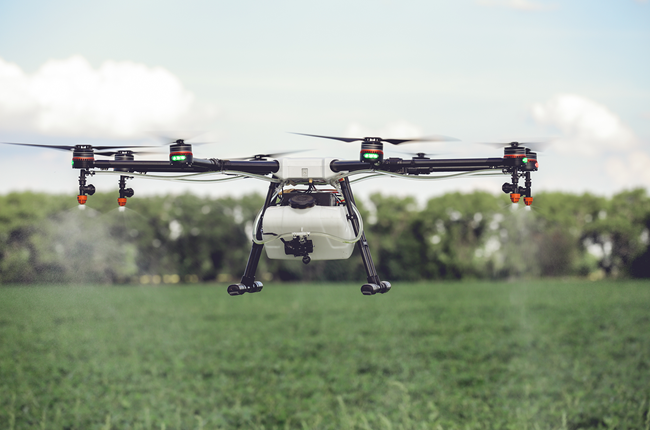
Farming robots: ‘the Fourth Agricultural Revolution’
A team of researchers and experts has developed a prototype ‘SlugBot’, which will offer a robotic alternative to the chemical control of the slimy pests.
With the use of metaldehyde for slug control under threat and biological alternatives unviable, there was a gap in the market for alternative slug monitoring and control. A collaborative project between UK Agri-Tech Innovation Centre, Crop Health and Protection (CHAP), agri-robotics experts from Small Robot Company (SRC) and artificial intelligence specialists COSMONiO, set out to find a solution.
Launched in April 2020, the 18-month project was funded by a grant from Innovate UK. Led by slug expert and Innovation Hub Lead for CHAP Dr Jenna Ross, the project set out to investigate how ‘Tom’ and ‘Dick’ – two of the robots created by SRC – could be developed to identify and target slugs. The ‘game-changing’ project fills a market demand and opens up an exciting opportunity for farmers, says Dr Ross.
From protecting plants to stopping slugs
Tom and Dick had already been successful in non-chemical weed control. Tom’s role is to map the field digitally, locating every plant and identifying exactly where blackgrass is found. A partnership between SRC and Rootwave then enabled ‘Dick’ to use this information to find each weed and ‘zap’ it with electricity to kill it.
Tom can cover 20ha per day autonomously, collecting about 6 terabytes of data in an 8-hour shift and detecting millions of data points per field. As an example, during the weed project it collected data for 12.7 million plants in a single 6ha field, of which 250,000 were identified as weeds. Robust and weather-proof, it can be used all year round, and being a lightweight machine, doesn’t contribute to soil compaction, says SRC.
Believed to be a world first, the SlugBot project had a similar approach to the weed zapping development. Phase one focused on developing the artificial intelligence slug detection capability. The second phase looked at slug detection using Tom before developing its precision spraying ability to deliver an in-field slug treatment solution with Dick.
Field trials of the SlugBot were carried out with help from AV and N Lee, a Crediton-based farming and contracting business. “We successfully identified slugs with hyperspectral cameras, but also trained the AI to recognise slugs with standard RGB cameras, which is much cheaper and a real win!” says Sarra Mander from SRC.
Big challenges with small solutions
SlugBot is part of SRC’s longer term plan to deliver robotic solutions for all aspects of arable crop care and protection, including no-till precision planting using a third robot (Harry). SRC’s next project with CHAP is ‘SprayBot’ for precision fungicide application, capitalising on the spraying technology developed for SlugBot.
“Our robots are the tractors of the future. Essentially, they’re multifunctional workhorses with the potential to integrate just about any agricultural functionality,” says Ben Scott-Robinson of SRC. Spot applications for precision treatment would have far reaching implications, he says.
“But this is just the start. We’re talking here about a Fourth Agricultural Revolution - with our robots sitting right at the heart. Small is – potentially – massive.”

Future Farming
Farmers are currently seeing the biggest changes in agriculture for more than 50 years. As a mutual insurer, we’ve stood by South West farmers since 1903 and through our Future Farming Programme, we are helping our Members and the wider farming community navigate the changes ahead in this transformative time.
Future Farming Programme